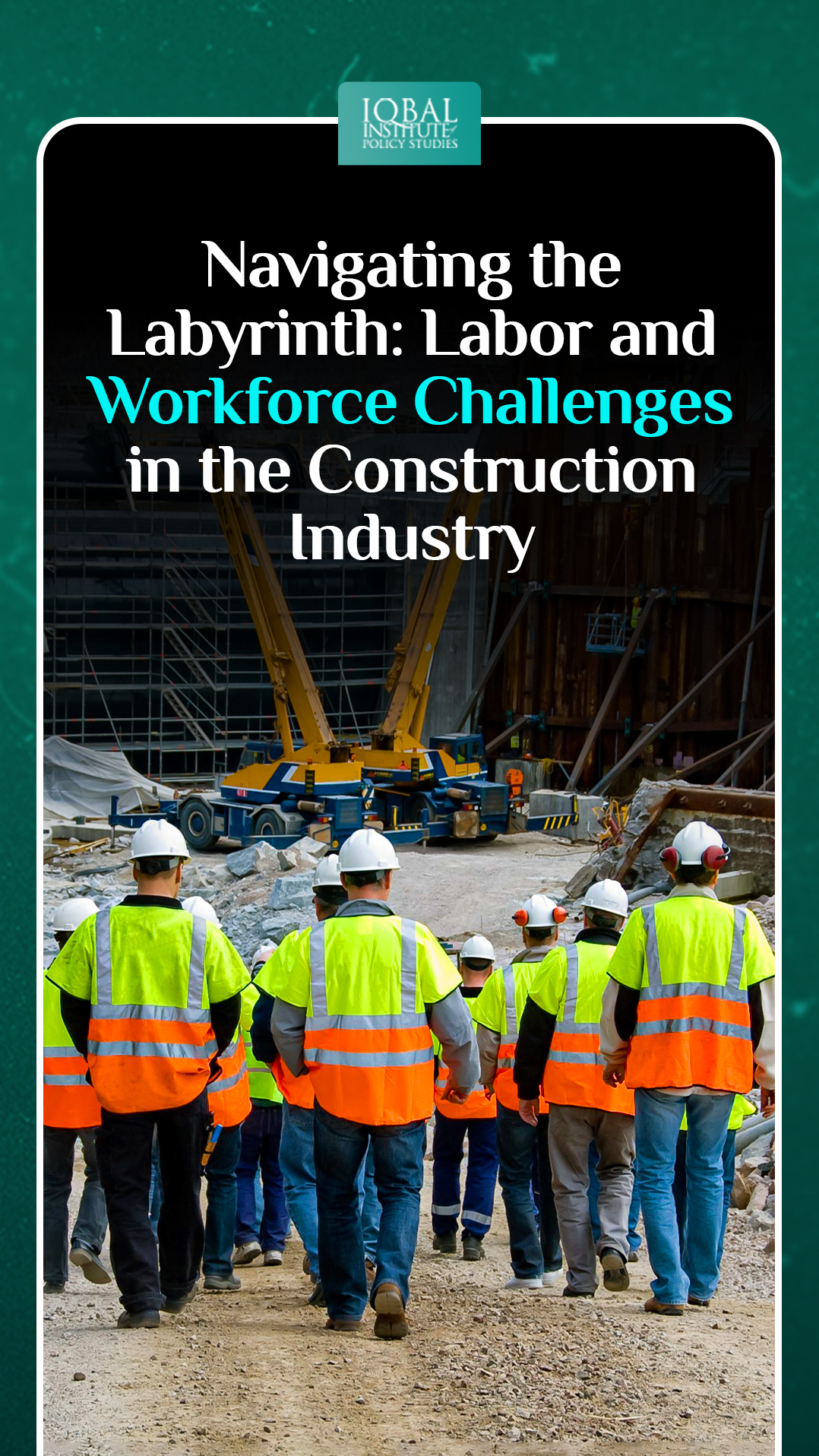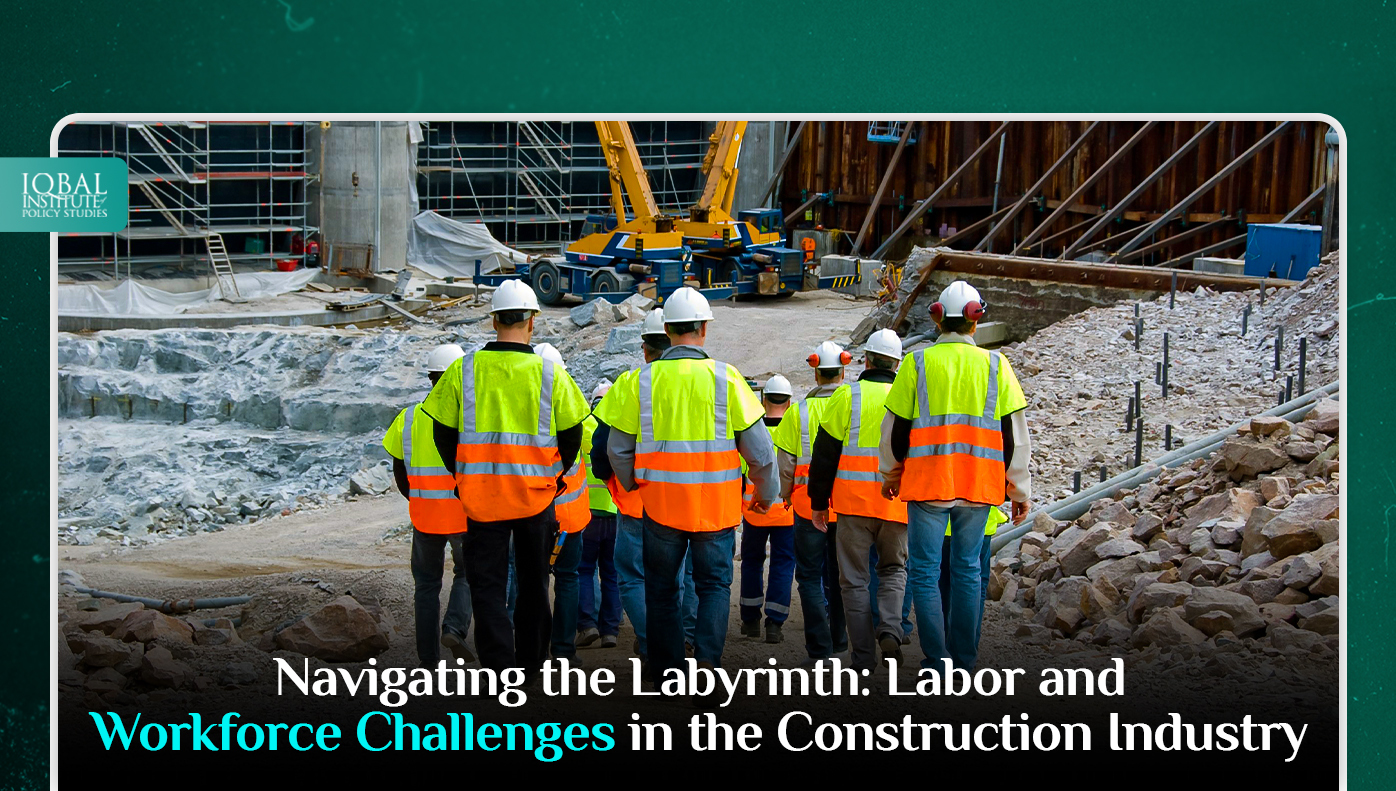The construction industry, often hailed as a symbol of human progress and innovation, shapes the world we live in by crafting architectural marvels and critical infrastructure. However, beneath the impressive facades and towering structures lies a complex tapestry of labor and workforce challenges that the industry must grapple with. From the ongoing shortage of skilled labor to persistent safety concerns, labyrinthine regulatory hurdles, and the integration of cutting-edge technology, the construction sector is faced with an array of intricacies that require careful consideration and inventive solutions.
Skilled Labor Shortages
Central to the construction industry’s multifaceted challenges is the persistent shortage of skilled labor. With seasoned professionals retiring and a dearth of young talent entering the field, construction companies are struggling to fill essential roles. This scarcity not only results in delays to project timelines but also jeopardizes the overall quality of workmanship and adherence to safety standards on construction sites.
The factors contributing to the skilled labor shortage are manifold. A common perception of construction work as physically taxing and devoid of long-term career prospects dissuades potential workers from choosing this path. Moreover, the industry often finds itself competing with other sectors offering more attractive wages and benefits, making it challenging to attract and retain skilled professionals in construction.
Safety Concerns
Construction sites inherently present hazardous environments, necessitating an unwavering focus on safety. Despite advancements in safety regulations and protocols, accidents and injuries continue to plague the industry. The intricate nature of construction work, involving heavy machinery operation, work at significant heights, and exposure to various materials, underscores the importance of stringent safety measures.
The challenges in this realm are manifold and often arise due to insufficient training, lax adherence to safety protocols, and inadequate communication among workers and contractors. Addressing these challenges demands a comprehensive approach that encompasses proper training, vigilant oversight, and the cultivation of a robust safety culture across the industry. Prioritizing safety not only safeguards the lives of workers but also enhances project efficiency and fortifies the industry’s reputation.
Regulatory and Compliance Complexities
Navigating the regulatory labyrinth is a pivotal challenge for the construction industry. Operating within a matrix of local, state, and federal regulations demands a meticulous approach. The complexity and sheer volume of compliance requirements can be overwhelming and time-consuming to navigate. Failure to adhere to these regulations can lead to substantial fines, project delays, and lasting damage to a company’s standing.
Achieving and maintaining compliance demands meticulous attention to detail and an in-depth understanding of the legal framework. As regulations evolve over time, construction companies must remain agile in their approach, staying informed about changes and investing in legal expertise to ensure seamless operations while avoiding legal pitfalls. Collaborating with legal professionals can offer valuable insights and support in successfully navigating this complex terrain.
Technological Advancements and Adaptation
The construction industry, like many others, is undergoing a technological renaissance aimed at boosting efficiency, accuracy, and safety. Emerging technologies such as Building Information Modeling (BIM), drones, augmented reality, and automated machinery hold immense promise in addressing longstanding challenges. However, integrating these technologies into established workflows presents its own set of hurdles.
Resistance to change within the industry, the initial costs associated with adopting new technologies, and the imperative to upskill the existing workforce are challenges that construction companies must surmount to harness the full potential of these innovations. As the industry evolves in response to the digital era, investing in workforce training and fostering an environment of continuous learning becomes pivotal in adapting effectively to these advancements.
Project Delays and Cost Overruns
Project delays and cost overruns have long been a recurring concern in the construction industry. These issues often stem from unforeseen site conditions, disruptions in the supply chain, and inadequate project management. Such delays can trigger a cascade of consequences, impacting budgets, straining client relationships, and denting the industry’s reputation.
Mitigating these challenges necessitates robust project management practices, meticulous risk assessment, and proactive contingency planning. Leveraging digital tools for project tracking and management can assist in identifying potential roadblocks early on, allowing for timely intervention. Collaborative efforts involving stakeholders such as contractors, architects, and clients can foster an environment of shared responsibility and effective problem-solving.
Conclusion
As the construction industry journeys through the intricate labyrinth of labor and workforce challenges, it calls for a multi-pronged and adaptive approach. Addressing the shortage of skilled labor, enhancing safety measures, navigating regulatory intricacies, and embracing technological advancements require concerted efforts and innovative strategies. As the industry continues to evolve, a commitment to collaboration, investments in workforce development, and a readiness to embrace change will be pivotal in overcoming these challenges.
By fostering a culture of adaptability, continuous learning, and an unwavering commitment to excellence, the construction sector can not only navigate the existing challenges but also carve a path toward a future marked by sustainable growth and progress. As the industry rises to these challenges, it reaffirms its role as a cornerstone of modern society, shaping the physical landscape that will define generations to come.
This article is written by Radma Nouman. Radma is a research analyst at the Iqbal Institute of Policy Studies (IIPS).



Leave a Reply